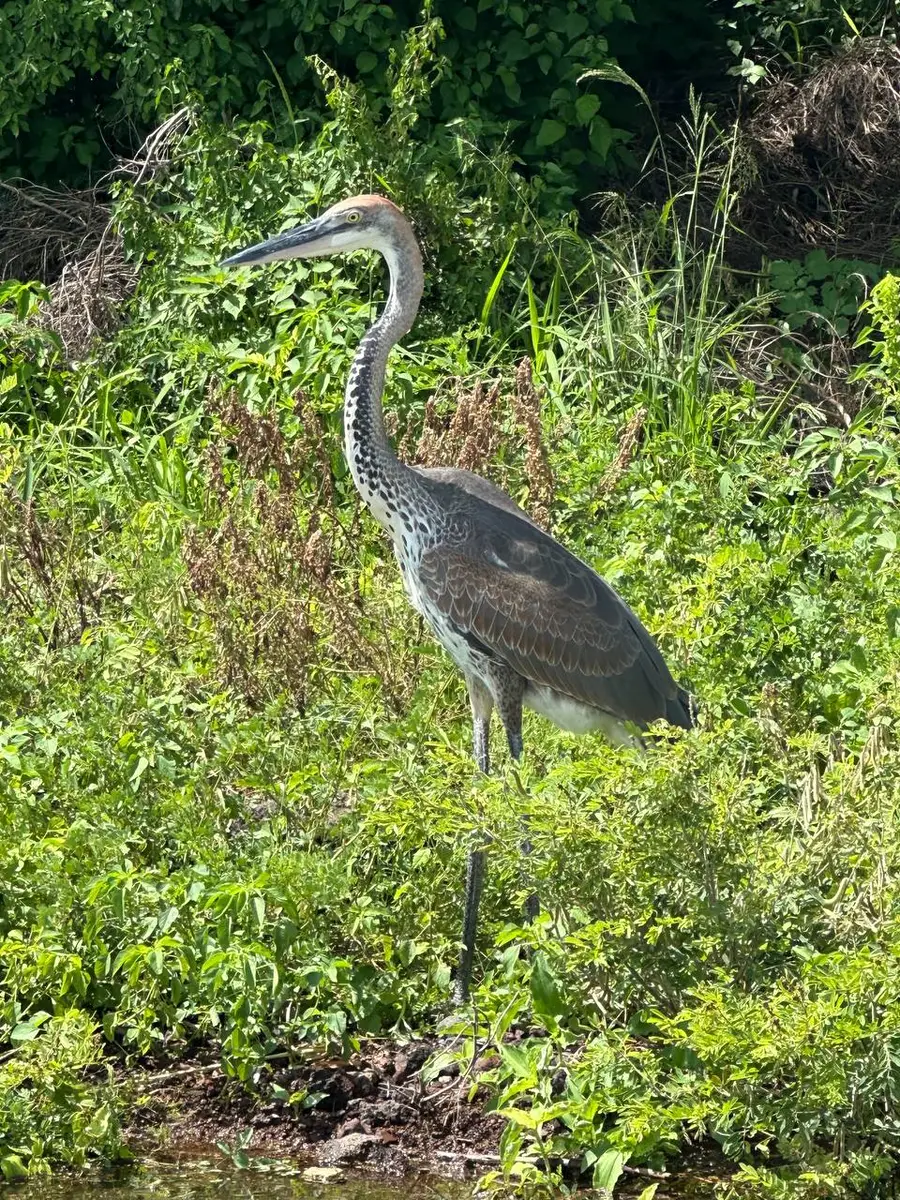
02
Sep
Bird Tours in Ethiopia: Discover the Best Birdwatching Locations
Exploring Ethiopia’s Avian Paradise: A Guide to Bird Tours in
Ethiopia
Ethiopia is a birdwatcher’s
paradise, boasting an incredible diversity of bird species, many of which are
endemic to the country. From the highlands to the Rift Valley, Ethiopia offers
unique habitats that attract bird enthusiasts from around the world. Whether
you’re a seasoned birder or a nature lover looking to explore the rich
biodiversity of East Africa, Ethiopia’s bird tours promise an unforgettable
experience. Here’s your guide to the best birding hotspots and what to expect
on a bird tour in Ethiopia.
Why Ethiopia is a
Top Birding Destination
Ethiopia’s varied landscapes,
ranging from mountains and plateaus to lakes and forests, create diverse
ecosystems that support over 860 bird species. The country is home to 31
endemic species, making it a prime destination for birdwatchers. Ethiopia’s
location on the migratory route between Europe and Africa also means it hosts
numerous migratory birds, particularly during the northern winter months.
Top Birding Hotspots
in Ethiopia
- Bale Mountains National Park
- Key Species:
Ethiopian Wolf, Abyssinian Catbird, Blue-winged Goose
- Description:
Located in the southeastern highlands, Bale Mountains National Park is
one of Ethiopia’s premier birding destinations. The park is home to the
largest populations of Ethiopian endemic species. The Sanetti Plateau,
the highest part of the park, is a prime spot for viewing the endemic Blue-winged
Goose and Wattled Ibis. The park’s varied habitats, from afro-alpine
moorlands to dense Harenna Forest, offer a diverse range of bird species.
Awash National Park
- Key Species:
Egyptian Vulture, Sombre Rock Chat, Abyssinian Roller
- Description:
Awash National Park, located in the Rift Valley, is a must-visit for
birders. The park’s savannahs, acacia woodlands, and wetlands are home to
over 450 bird species. The nearby Aledeghi Wildlife Reserve and the Awash
River provide additional birdwatching opportunities, including sightings
of the striking Abyssinian Roller and the Egyptian Vulture.
Lake Ziway
- Key Species:
Great White Pelican, African Fish Eagle, Malachite Kingfisher
- Description:
Lake Ziway, one of the Rift Valley lakes, is a birdwatcher’s dream,
especially for those interested in waterbirds. The lake’s shores are
teeming with pelicans, storks, herons, and egrets. Boat trips on the lake
offer close encounters with these birds, along with the chance to spot
the African Fish Eagle in action.
Simien Mountains National Park
- Key Species:
Thick-billed Raven, Lammergeier, White-collared Pigeon
- Description:
The Simien Mountains, a UNESCO World Heritage Site, not only offer
breathtaking landscapes but also some of Ethiopia’s most sought-after
bird species. The endemic Thick-billed Raven and White-collared Pigeon
are among the highlights. The park’s high-altitude grasslands and cliffs
provide a unique birding experience, with the possibility of spotting the
Lammergeier soaring above.
Jemma Valley
- Key Species:
Harwood’s Francolin, Abyssinian Black Wheatear, Rüppell's Black Chat
- Description:
The Jemma Valley, located north of Addis Ababa, is renowned for its
birding opportunities, particularly for those seeking endemic species.
The valley’s scrublands and cliffs are home to the elusive Harwood’s
Francolin and the striking Rüppell's Black Chat. The Jemma River itself
is a hotspot for birdwatching, with sightings of kingfishers, bee-eaters,
and more.
What to Expect on a
Bird Tour in Ethiopia
Bird tours in Ethiopia are usually
guided by experienced local birders who know the best spots to find rare and
endemic species. Tours can range from a few days to several weeks, depending on
how deep you want to dive into Ethiopia’s birdlife. Most tours combine birdwatching
with visits to cultural and historical sites, offering a well-rounded
experience of the country.
- Best Time to Visit:
The ideal time for birdwatching in Ethiopia is from October to March,
during the dry season and when migratory birds are present.
- What to Bring:
Binoculars, a good field guide to African birds, comfortable walking
shoes, and a hat for sun protection are essential. A camera with a zoom
lens is also recommended for capturing the stunning avian species.
- Accommodation:
Birding tours often include stays in lodges or eco-camps near key birding
sites, ensuring easy access to early morning and late afternoon
birdwatching sessions.
Tips for a
Successful Birding Experience
- Hire a Local Guide:
Local guides are invaluable for their knowledge of bird species and where
to find them. They can also assist with identifying birds and
understanding their behaviors.
- Be Patient:
Birdwatching requires patience. Spend time quietly observing and listening
for bird calls to increase your chances of spotting rare species.
- Respect the Environment: Stay on designated trails, minimize noise, and avoid
disturbing birds, especially during nesting season. Sustainable
birdwatching ensures that these ecosystems remain thriving habitats.
Share Now



Comments